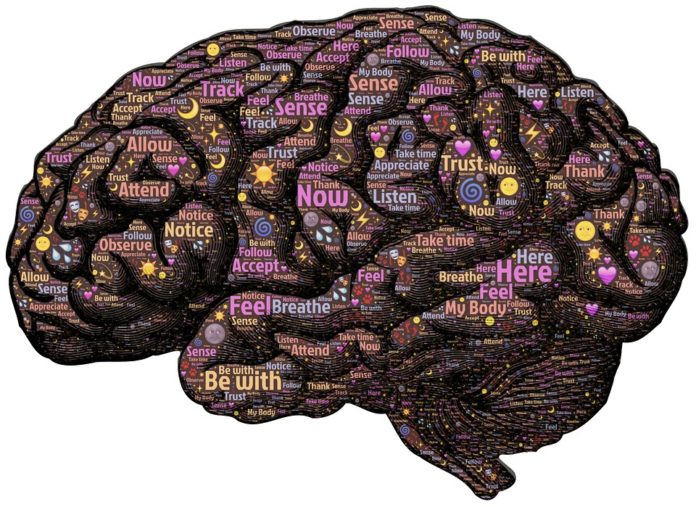Yale researchers have captured what happens in the split second before the emergence of consciousness, a fundamental state of human life.
Our brains are bombarded with information about events around us, but we only become conscious of a few of them.
Concerned researchers said, “There is a very tight window of a few milliseconds when we come aware of stimuli and before the experience is passed on to be coded in our memory and analyzed.”
The Yale team reports at that precise moment, a wave of electrical activity flows from the visual cortex in the rear of the brain to the frontal lobes.
When stimuli do not trigger consciousness, the visual cortex is activated, but no wave is seen, and data is not passed on. In the milliseconds, when subjects become conscious of a stimulus, and the wave begins, the visual cortex switches off — as does the brain’s default mode, when the brain is idling and processing internal thoughts.
Author Dr. Hal Blumenfeld said, “It is a switch and wave network that allows the brain to concentrate on the stimuli undistracted.”
Further, the Yale team surgically embedded sensors in the brains of subjects who, while watching a movie, were also shown flickering images of a face.
The team recorded local changes in the visual cortex regardless of whether subjects reported seeing the faces. But widespread switch and wave-like electrical activity in the brain was striking and consistent only as subjects became consciously aware of the faces on the screen.
Blumenfeld argues that limits on consciousness play a role in a host of maladies, from coma, Alzheimer’s, attention deficit disorder, and schizophrenia. Consciousness is central to all human existence, whether sick or healthy.
“Without consciousness, nothing else matters,” he said. “Our quality of life itself is tied to consciousness.”
The study authors are Dr. Hal Blumenfeld, Mark Loughridge, and Michele Williams, Professor of Neurology.
This research was published in the journal Cerebral Cortex.
